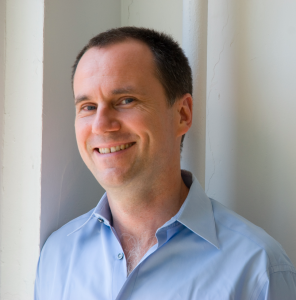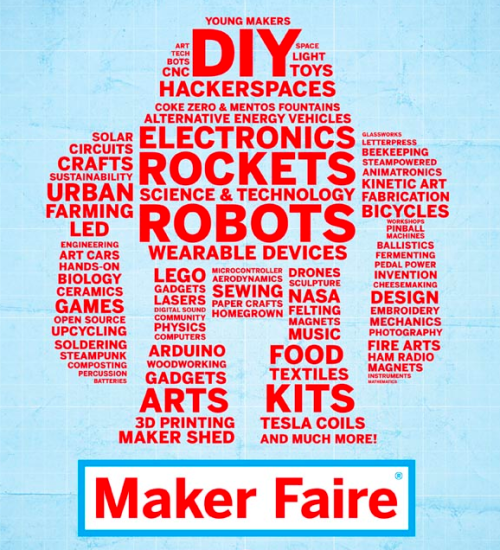It’s that time again – to bringing together the people that start emerging technology businesses and the people that fund them, early.
Who should attend?
Uhm, yeah. Founders & Funders.
Founders
You are a founder of a emerging technology company or a technology-enabled company. You are actively raising a round of capital or starting to think about raising your next round. Feels like we’re leaning to Seed and Series A – basically if you’re name is Tobi or Ryan most investors know who you are 😉
Funders
Space for funders will be limited. We have room for approximately 60 people. And we like to keep the ratio of 3:1 founders to funders. This means we roughly have room for 15 funders. We’re going to be picky, the target will be Seed and Series A.
Why should you attend?
Relatively small and intimate gathering of other emerging technology company founders and the people that fund them. The funder mix ranges from individuals that write first and very small cheques to larger institutional funds.
- Social event – no formal pitches
- Community is the framework – chance to talk to other founders about the current fundraising climate
What to expect?
It is a chance to have a bite to eat and a drink with other founders and investors that are actively investing in Toronto companies. It’s a chance to figure what has worked for others, to figure out which investors you want to spend more time with, and just connect.
How do I attend?
Submissions will end on Nov 10.
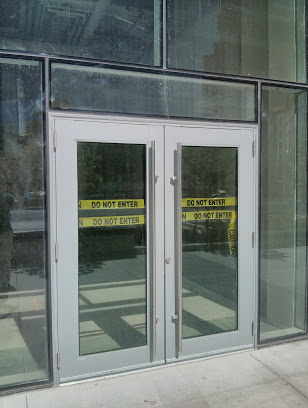
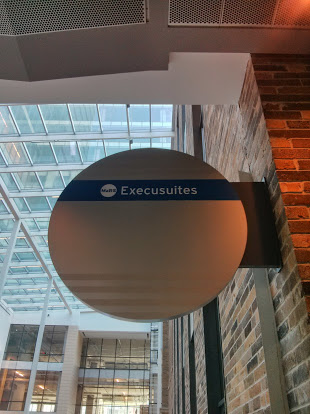
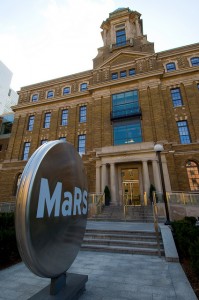
 Apply Now | 60 days left
Apply Now | 60 days left